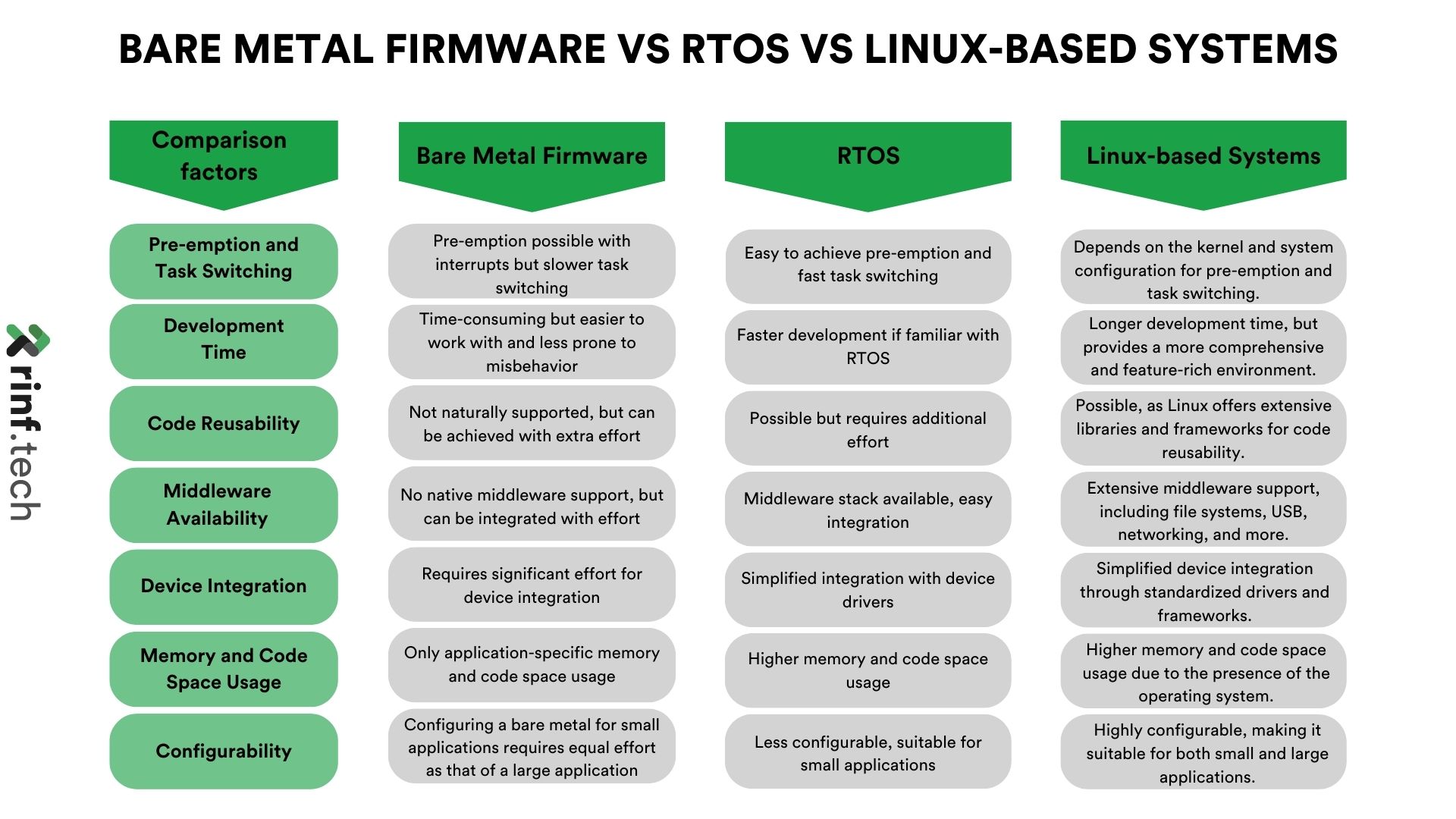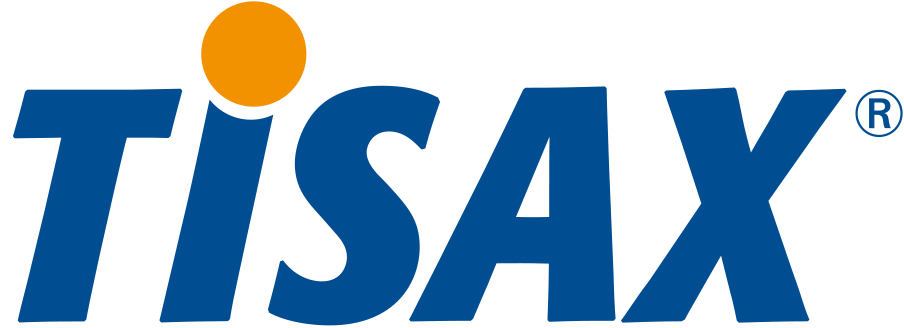Understanding the hardware architecture in depth is necessary for creating bare metal firmware for embedded systems. The processor, memory hierarchy, peripherals, and connectivity are crucial components of hardware architecture. Knowing the instruction set architecture and execution characteristics of the processor, which is responsible for carrying out instructions and managing system operations, is essential for code optimization and effective performance. The properties and constraints of each level of the memory hierarchy in embedded systems must be understood to manage memory effectively.
Understanding peripherals’ operation and programming interfaces like timers, ADCs, DACs, and communication interfaces is crucial for interacting with external devices. Communication between components is facilitated via interconnections, and reliable and effective communication is made possible by understanding their protocols and constraints.
Bare metal firmware components
Integrating essential components, each of which serves a distinct function in the overall system operation, is required to develop bare-metal firmware. Let’s examine these elements in greater detail:
Bootloader: The system must be initialized, and the firmware must be loaded into the proper memory regions by the bootloader, a crucial part of bare metal firmware. It performs system checks, configures the relevant hardware, and primes the system for running the main firmware code.
Interrupt handlers: By controlling interruptions and promptly reacting to events, interrupt handlers are essential to developing bare-metal firmware. Hardware signals known as interrupts stop a program from running normally to handle urgent situations or outside stimuli. These interrupts can be controlled by interrupt handlers, which allow critical jobs to be processed immediately.
Device drivers: Device drivers are software elements that help the firmware and peripherals linked to the embedded system communicate. Sensors, actuators, communication interfaces, and other extraneous equipment are peripherals. Device drivers offer a standard interface that enables the firmware to communicate with peripherals without comprehending each device’s specifics.
Low-Level Communication Protocols: To facilitate data exchange with other systems or devices, bare metal firmware frequently necessitates the implementation of low-level communication protocols. The Universal Asynchronous Receiver-Transmitter (UART), Serial Peripheral Interface (SPI), Inter-Integrated Circuit (I2C), and others are typical instances of such protocols.
Low-level programming languages for bare metal firmware development
Low-level programming languages enable direct hardware control and maximum performance and are crucial for bare metal firmware development.
C and assembly are two extensively used languages in this setting.
C: For the construction of bare metal firmware, the high-level programming language C offers a layer of abstraction. As a result, developers may concentrate on the logic and functionality rather than the intricate details of the hardware design because it provides a standardized and portable method for generating firmware code.
Assembly: A low-level programming language known as crowd gives users direct access to hardware registers and instructions. Assembly programming entails creating code directly correlating to the hardware’s machine instructions, unlike C, which offers an abstraction layer.
Microcontrollers and peripherals
For developers working on bare metal firmware, familiarity with microcontrollers and their peripherals is essential. A processing core, memory, and several peripherals are all combined on a single chip in microcontrollers. Timers, analog-to-digital converters (ADCs), digital-to-analog converters (DACs), communication interfaces (UART, SPI, I2C), GPIO (General Purpose Input/Output) pins, and other peripherals are among them.








